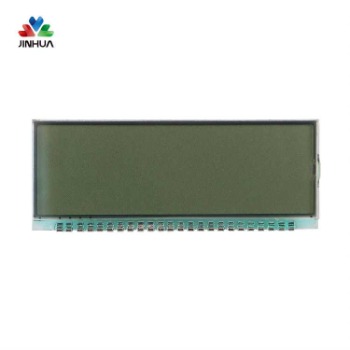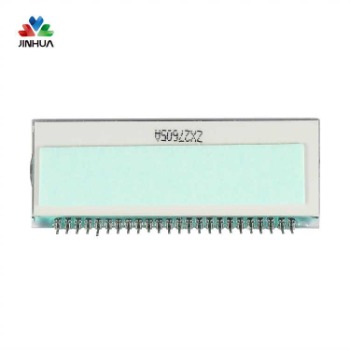TFT LCD image retention is also known as "screen burn". In CRT monitors, this causes the phosphorus to wear away and the pattern to be burned into the monitor. But there is no actual heating or burning involved when using it on an LCD screen. If you encounter image retention when using a TFT LCD display, how will you solve it?
The definition and causes of TFT LCD image sticking
Afterimage is a clearly visible remnant of the previous image, which some technicians would describe as “screen burn”. It is the result of driving a certain point too much and other points for a long time. How do afterimages occur?
The liquid crystal (LC) in TFT is a polar crystal material, and the electric field can make it twist accordingly;
The liquid crystal (LC) in TFT must be driven by AC power; if DC drive is used, the polarity of the crystal will be destroyed;
In fact, there is no absolutely symmetrical alternating current;
When continuously driving the TFT pixels, the relevant slight imbalance will attract free ions to the internal electrodes, and the ions adsorbed on the internal electrodes will cause a driving effect similar to DC + AC.
TFT LCD image retention repair & prevention
Fix
Fixed display of content for a short period of time will not produce residual images. If residual images occur, the TFT display can be repaired as follows:
There is a chance that the TFT can be restored after powering off for a few hours; (it may take 48 hours)
Create an all-white image that moves across the screen for hours, without turning on the backlight in the process.
There are many afterimage repair software on the Internet that may also be helpful. Once after-image has occurred, it will be more likely to reappear, and we need to take preventive measures to prevent TFT LCD after-image from reoccurring.
prevention methods
Screen saver, when the system is not operating, let the TFT pixels display different content, that is, display a mobile screen saver or switch content from time to time to avoid displaying static pictures for more than 20 minutes;
Clear the screen and fill the TFT screen with full black or white when the system is not operating;
Turn off the backlight to further extend the life of the backlight LED;
Power off, let the TFT screen power off and sleep when not in use to avoid any unnecessary driving;
signal, the display scan signal should be continuously provided after power-on to prevent the TFT from being driven by DC caused by scan pauses;
Power supply sequence, pay attention to the power on and off sequence.
TFT LCD image sticking test standard
Test (example):
Normal temperature; black and white checkerboard display (each grid is about 60x60 pixels); static display for 30 minutes.
Judgment (example):
Full screen display 128 (50%) gray; after waiting for 10 seconds, if there is no residual image, it is considered qualified.
(Note, this is a destructive reliability test, not a routine test. For sampling ratios and individual product standards, please contact us)
How does the black and white checkerboard work?
For a normal white small size TFT, the white area is subject to the minimum driving voltage, and the black area is subject to the maximum driving voltage. The free ions inside the TFT will be easily attracted to the black area; (area with larger driving voltage)
When switching to displaying full screen 128 (50%) gray, the entire screen will use the same driving voltage, and in a short period of time the ions will leave the position where they were once attracted;
In addition, when the entire screen is 128 (50%) gray, it will be easier to detect display abnormalities.






 English
English Deutsch
Deutsch русский
русский español
español العربية
العربية



 IPv6 network supported
IPv6 network supported
